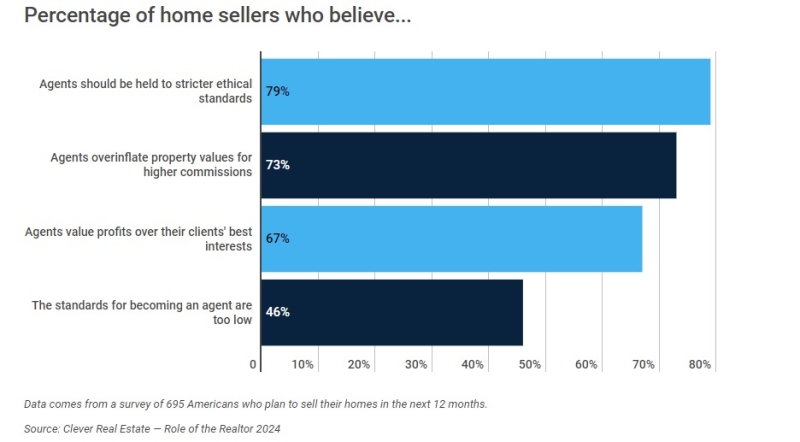Advertisement
Tower Group comments on new reoprt that faults KPMG in New Century collapse
The Four Cs of CoachingNancy Friedmanconcurrence, content, commitment, congratulations or continuation
When most people think of the word "coach," they immediately
imagine someone on the sidelines screaming at their players to do a
better job. That may be true in certain sports situations, but in
business, a coach needs to have a completely different approach in
order to help employees improve performance.
Let's have a look at the role of a manager/coach and how that
integrates with employee development. Where does traditional
training come in? How does training relate to coaching? What are
the differences between training, coaching and counseling?
The process starts with training. That's the first step.
Let's say you're training a group. What usually happens is most
of the group understands, learns and benefits from the information
you've taught. Unfortunately, not everyone "gets it." What do we do
about that small percentage of employees—often good,
conscientious people, who may need personalized attention after
training? Those are the ones who need coaching.
Remember that coaching is strategically guiding someone into
improving performance. It's analyzing feedback to see the areas
where the training hasn't taken hold.
Is remedial training needed? That's where the coaching comes in.
These are the people who need one-on-one customized help to develop
their skills. OK, we've talked about training and coaching. Where
does counseling come in?
Counseling is helping someone explore, and possibly resolve
personal problems. Counseling is utilized if, for whatever reason,
the employee isn't performing. It's for that special situation when
training and coaching haven't worked, where the employee is
unwilling or unable to do the job, especially if there is some
distraction that is not job-related.
We're going to give you The Telephone Doctor four-step model for
effective coaching in a call center or business environment. We
call it the 4 Cs of Coaching:
1. Concurrence
2. Content
3. Commitment
4. Congratulations or continuation
Let's cover them one by one:
•Concurrence: Concurrence is critical.
Unless you and the trainee agree (concur) that there is a gap and
the trainee commits to the improvement that's needed, you won't be
able to coach to your full capacity for effectiveness. We need
concurrence. Both you and the employee need to concur there is an
issue. Once that's done, we can go on to the content.
•Content: What's important is to identify
the content that needs to be improved. What needs to be done? What
are some of the issues involved? Normally, where coaching is
needed, it's either due to the fact that the employee doesn't know
how to do the job (they just don't "get it") or doesn't want to do
the job. You need to find out which it is. The coach and the
employee need to agree on the content, the issue and the problem.
Only then can they make a commitment to solve it.
•Commitment: The coach and the trainee need
to agree. They can then make a commitment to solve the problem.
Normally you'll be working with an intelligent, conscientious
employee who wants to do a good job. With some coaching, the job
will be done right.
•Congratulations or continuation: Once you
and the employee have found the content that needs to be corrected,
you have given them instruction on how to do it correctly and
you've both made a commitment that it will be done, it's time for
congratulations. Let them know they've done a good job. This is
critical. It's most important you don't leave that part out.
Continuation is the worst case scenario. A little more work may be
needed with some employees to reach the congratulations step.
Much coaching takes place to fill a perceived need. You find out
that there's a gap in the performance of an employee, and then plan
a coaching approach that should improve the performance of that
employee. It's nice and orderly to be able to think about what
you're going to do. Formulate your plan and decide when you're
going to do your coaching.
Coaching, while immediate, should also be done in private,
especially when it becomes an on-the-spot type of coaching. Never
embarrass the employee. That's not coaching, that's being mean!
Nancy Friedman, "The Telephone Doctor," has spoken at the
past three National Association of
Mortgage Brokers Annual Conventions and is president of Telephone Doctor Customer
Service Training in St. Louis, Mo. Nancy is a frequent speaker
at meetings and conferences worldwide. She may be reached at (314)
291-1012 or visit www.telephonedoctor.com.
About the author





